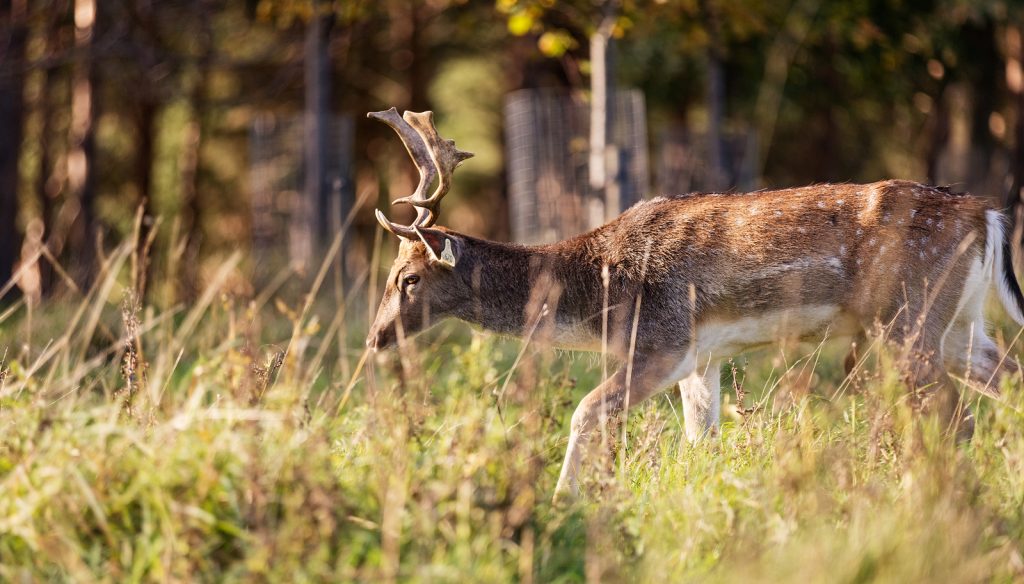Our state is mostly known for our corn, race cars, and football; however, Indiana actually has a lot more to offer. With each season, Hoosiers witness magnificent changes in the beautiful flora and fauna in their surrounding environments, a characteristic commonly overlooked in Indiana. The fall and winter seasons bring new color and snow, and animals that are covered in fur. Then the spring and summer rolls in, bringing out the sun and hibernating animals from their dens. The animals here in Indiana are fascinating and fun to learn about.
Continue reading to learn which species of local Indiana wildlife you may run into in the upcoming seasons!

🐹 Squirrels
Squirrels are recognized in the medium-sized rodent category. They are slender-bodied animals, covered in a thick fur. They have a long bushy tail, great vision, and strong claws for climbing and grasping their food. They make their homes in trees where they nest their young as well. They typically feed on foods rich in protein and fat, such as: nuts, seeds, tree buds, small insects, conifer cones, fruits, and fungi. They are widely seen in forests and woods, as well as, residential and urban areas.
🐺 Raccoons
Raccoons are a medium-sized mammal often seen in areas with mixed deciduous trees. They have black stripes on their long tails, and their bodies are covered in a dense and course fur. This fur allows them to survive in harsh weather conditions, by staying cool in the hot seasons and warm in the cold ones. One signature trait raccoons share is a mask-like black patch over their eyes, making them look like bandits. This, along with their mischievous behavior in residential areas, has coined them the nickname, “bandits”. Although mischievous, they are very intelligent and have dexterous hands that allow easy gripping and climbing; and they create dens for their homes where they breed and feed their offspring.
🦌 Deer
Deer are seen all over rural areas of Indiana. They live in forest, woods, meadows, and protected nature parks. There are different species of deer, all similar and not-so-similar to each other. Deer breed and produce offspring called fawns. The female deer is a doe and the males are called bucks. Male deer are characterized the most by their long and powerful antlers. A doe does not have antlers, and are sometimes lighter in coat color. This allows them to blend better to their natural surroundings and keep out of the sight of predators. Deer are a wonderful and tasty source of meat for many families in North America and around the world.
But Beware…
The wildlife in Indiana is certainly a wonderful, yet overlooked asset in this state. Animals in the forests and wooded areas should stay protected by respecting their habitats and not over using their resources. There are circumstances when wildlife may lose their way, or be forced into urban and residential areas. In this case, it is important to contact a wildlife removal expert to safely and humanely remove and relocate wild animals from your property. Read our blog, “Tips for Avoiding Dangerous Wildlife Encounters” in the meantime.
If Local Wildlife Becomes a Nuisance To You…
Call 317-257-2290 for prompt and professional Indianapolis wildlife removal and control, anytime. We are DNR licensed wildlife control specialists who offer a wide range of residential and commercial wildlife removal services, including 24 hour emergency service, minor attic restorations, cleanup, free estimates, and more. Request a free estimate, today.


